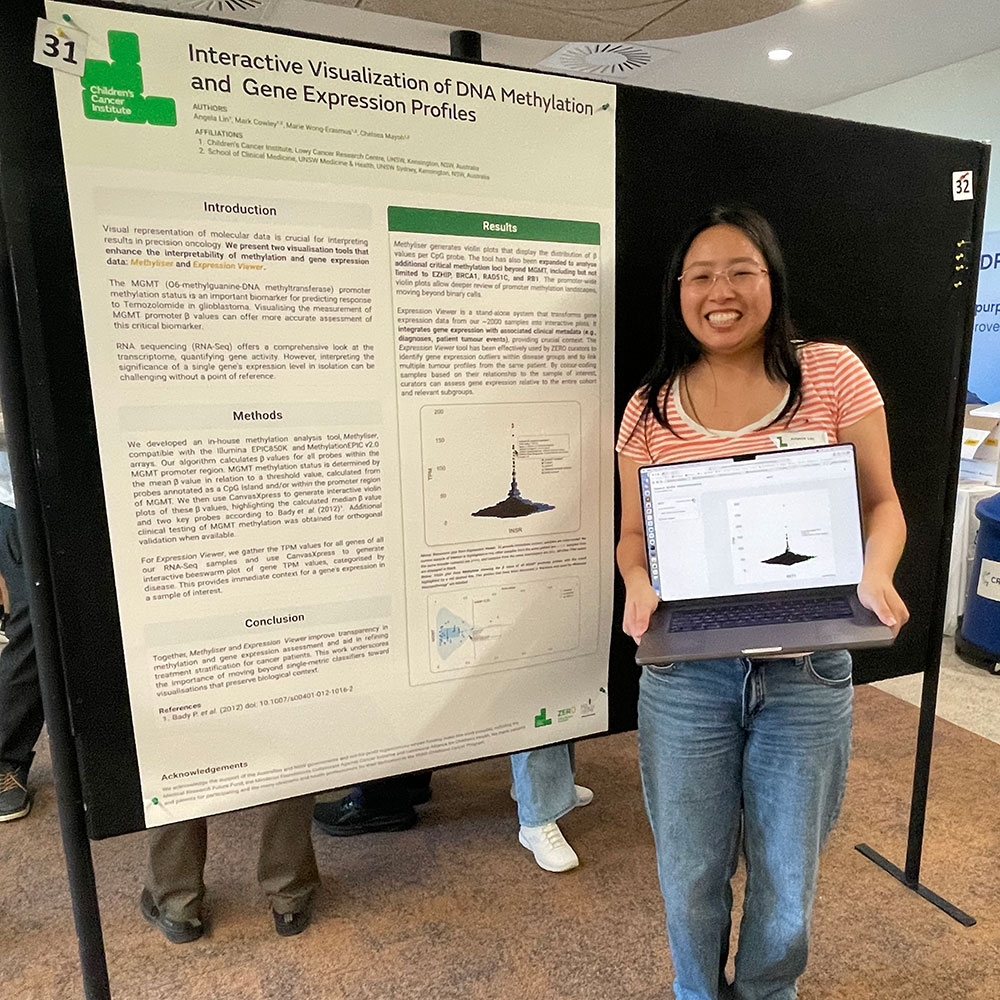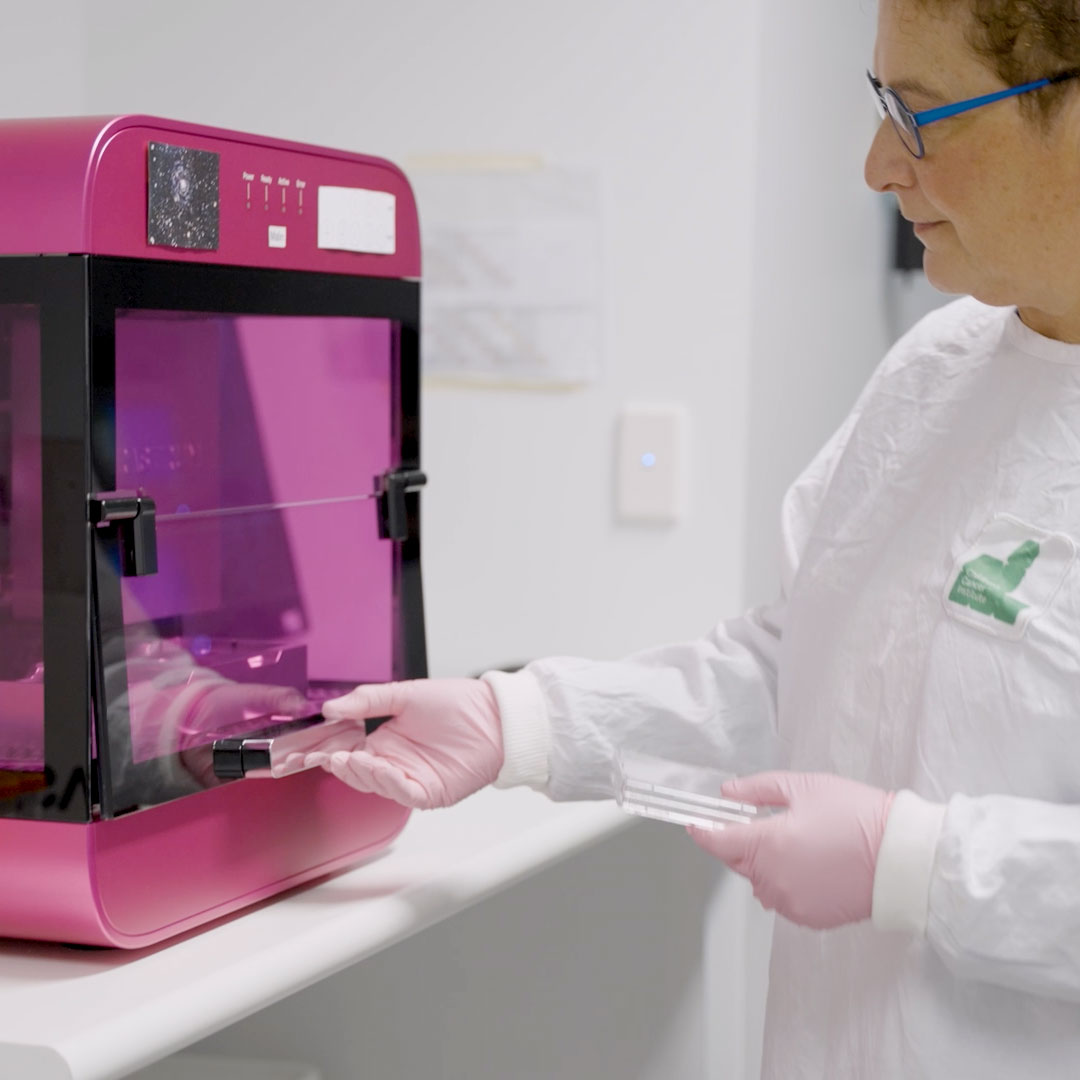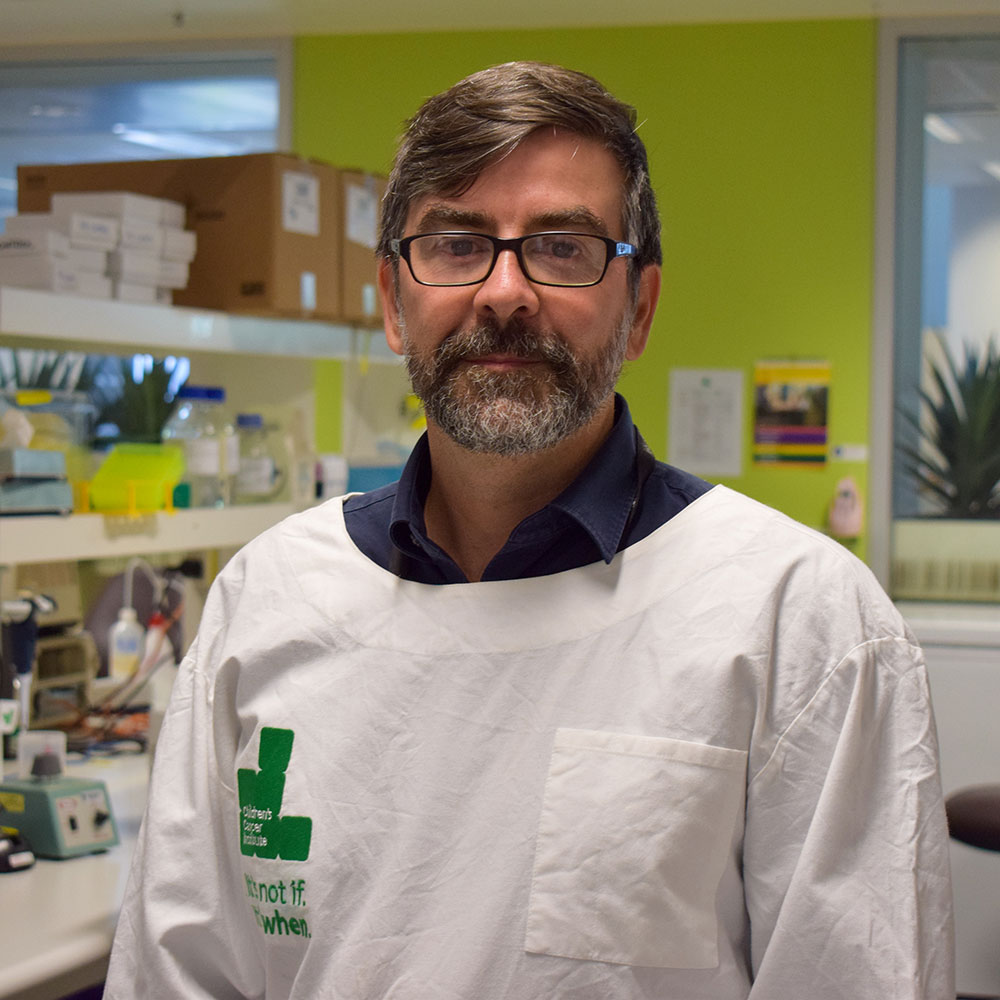
In the pursuit to cure cancer, scientists have long dreamed of a ‘magic bullet' to eliminate diseased cells without harming healthy tissue. Now researchers at Children’s Cancer Institute have discovered a way to treat the deadly children cancer, neuroblastoma, that increases the chances of killing the cancer, while reducing the short and long term toxic side effects of current therapy.
Children with neuroblastoma, a cancer of the nervous system, are often diagnosed once the cancer is already advanced. While survival rates for most childhood cancers have improved significantly over the past sixty years, survival rates for children with high-risk neuroblastoma are still only around 50 per cent and have not improved for a decade.
Those children who do survive the disease can experience long term consequences such as heart disease and osteoporosis.
The research team, led by Professor Maria Kavallaris, Head of the Tumour Biology and Targeting Program at Children’s Cancer Institute, has been testing a “nanocell”, developed by Sydney-based biotech company EnGeneIC, that delivers the chemotherapy agent doxorubicin directly to the tumour, without harming healthy cells elsewhere in the body.
The delivery system (dubbed the EDV for EnGeneIC Dream Vector), involves engineering bacteria to create nanocells that can be used as vehicles to carry chemotherapy drugs. These nanocells are coated with antibodies that recognise proteins (called EGF receptors) found on cancer cells. The nanocells are then engulfed by the cells and release the drug inside.
The advantage of this system is that it delivers a cargo of cancer drug directly to the cancer cells, allowing a highly toxic payload to be sent to the tumour without impacting healthy cells, as happens when these drugs are delivered intravenously.
In a study published today in the journal Molecular Cancer Therapeutics, the researchers discovered that treating a mouse model of neuroblastoma with doxorubicin-loaded nanocells significantly increased the mice’s survival, compared to mice treated with intravenous doxorubicin. Amazingly, the amount of doxorubicin inside the nanocells was 100 times less than the amount injected intravenously.
According to Professor Kavallaris, doxorubicin clears from the bloodstream very quickly. “We know doxorubicin works in killing cancer, however the problem has always been in getting the drug to the actual cancer cells, while limiting its toxicity on healthy cells – which can cause short and long-term side effects,” she said. “These studies show that these nanocells can deliver drugs directly to the tumour, killing its cells.”
The delivery system is currently being tested in a world-first Phase 1 clinical trial at the Kids Cancer Centre at the Sydney Children’s Hospital, Randwick. This is the first time this new technology has been used to treat children with cancer.
In the eight patients treated to date, the nanocell delivery system (containing a drug similar to doxorubicin) has proven safe. All children treated so far have brain cancers that are EGF-receptor positive. According to Associate Professor David Ziegler, Group Leader at Children’s Cancer Institute and paediatric oncologist and Head of Clinical Trials at the Kids Cancer Centre, Sydney Children’s Hospital, Randwick, the principal aim of this first-in-child study is to establish safety, and determine the optimum dose. None of the patients have shown any of the usual side effects of chemotherapy such as a low immune system or hair-loss, “because the total amount of drug that’s being delivered is a tiny amount compared to what would be the normal dosage. This is because the drug is being delivered directly to the target tumour and not to the whole body,” he said.
Professor Kavallaris believes the new delivery system may overcome a common problem in cancer research. “Often potent cancer drugs work extremely well in preclinical studies but prove toxic in clinical trials. We believe this delivery system may overcome this by getting these drugs we know can work straight to the tumour,” she said.














